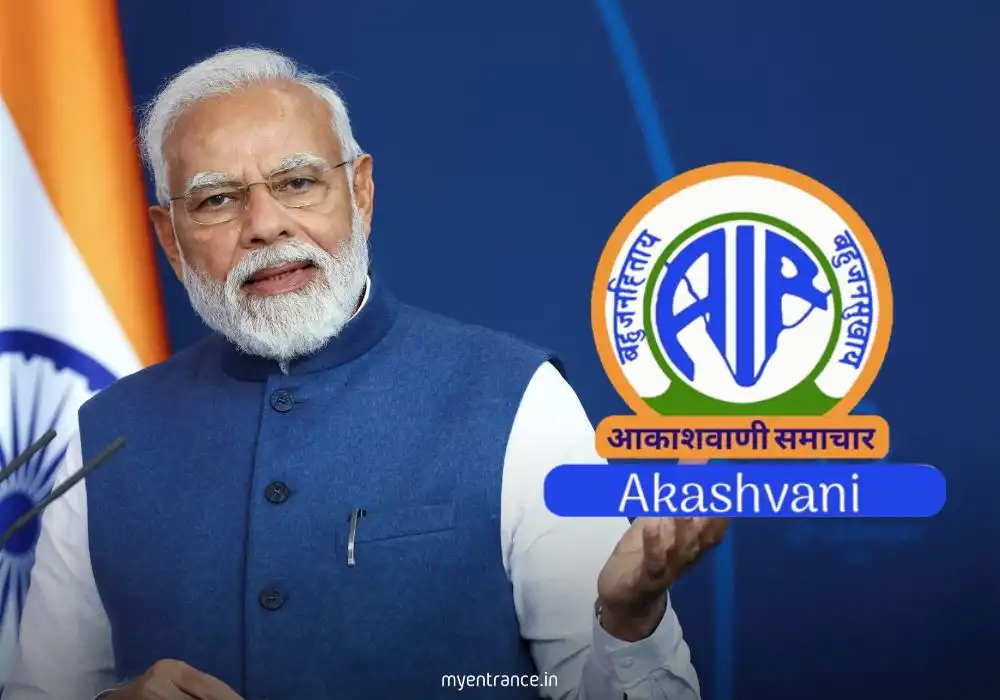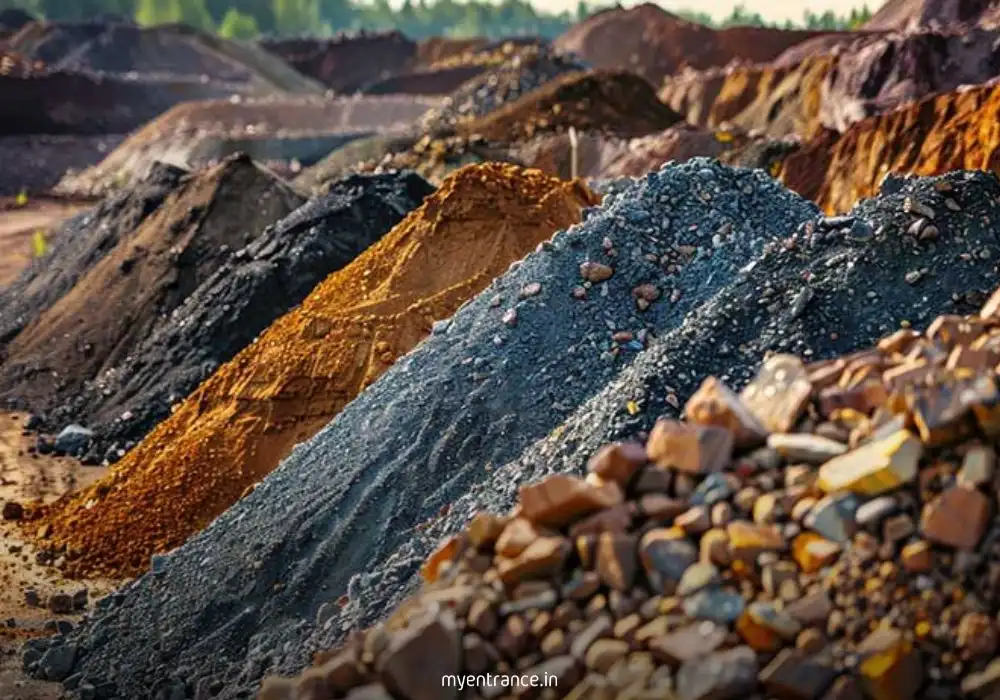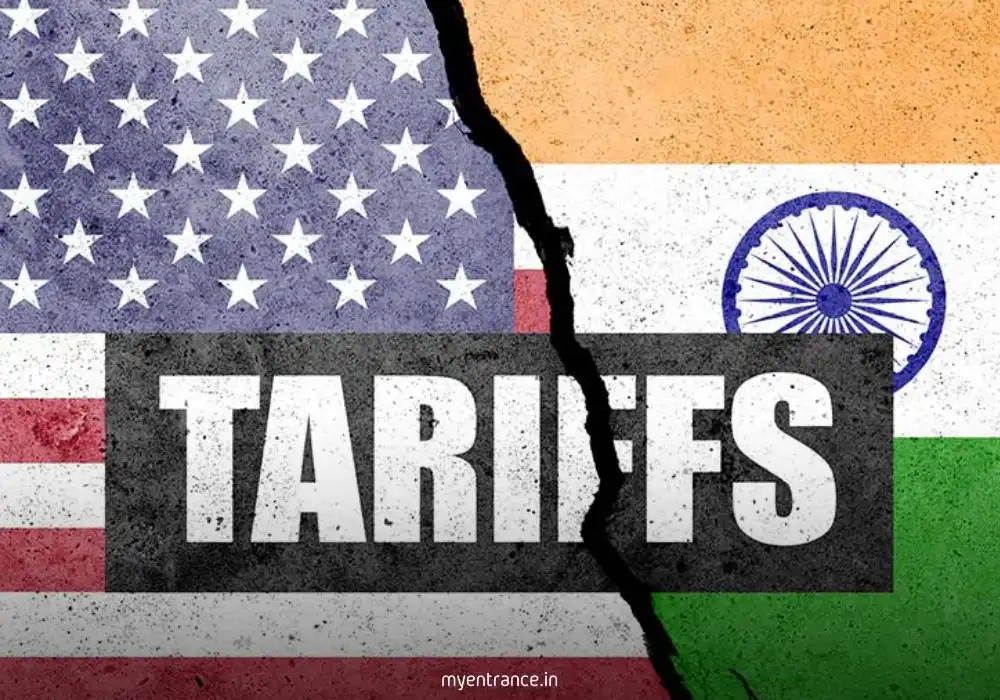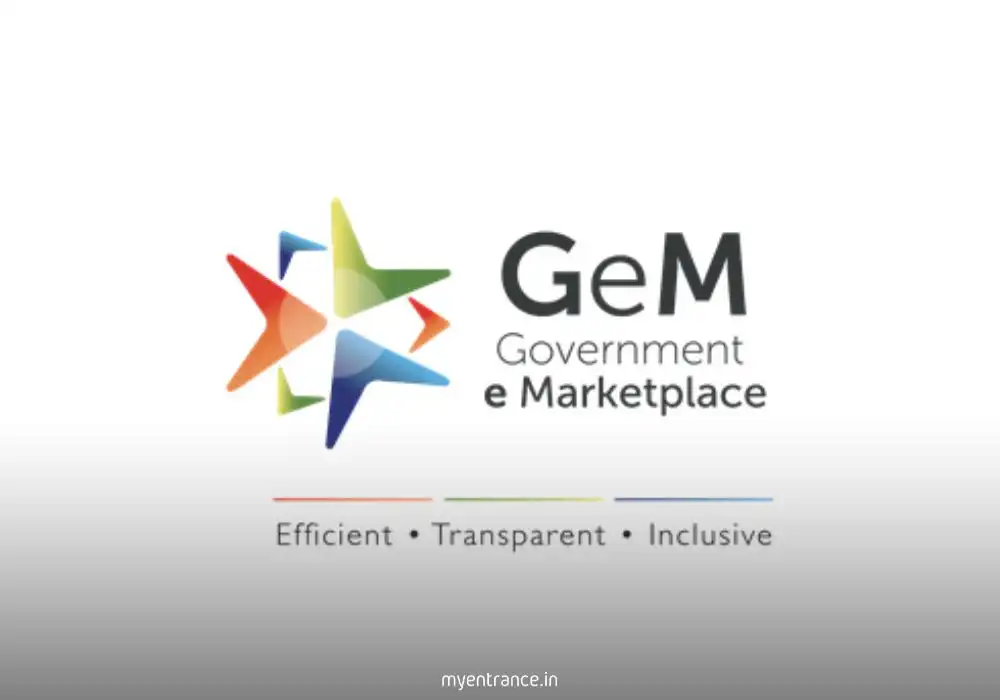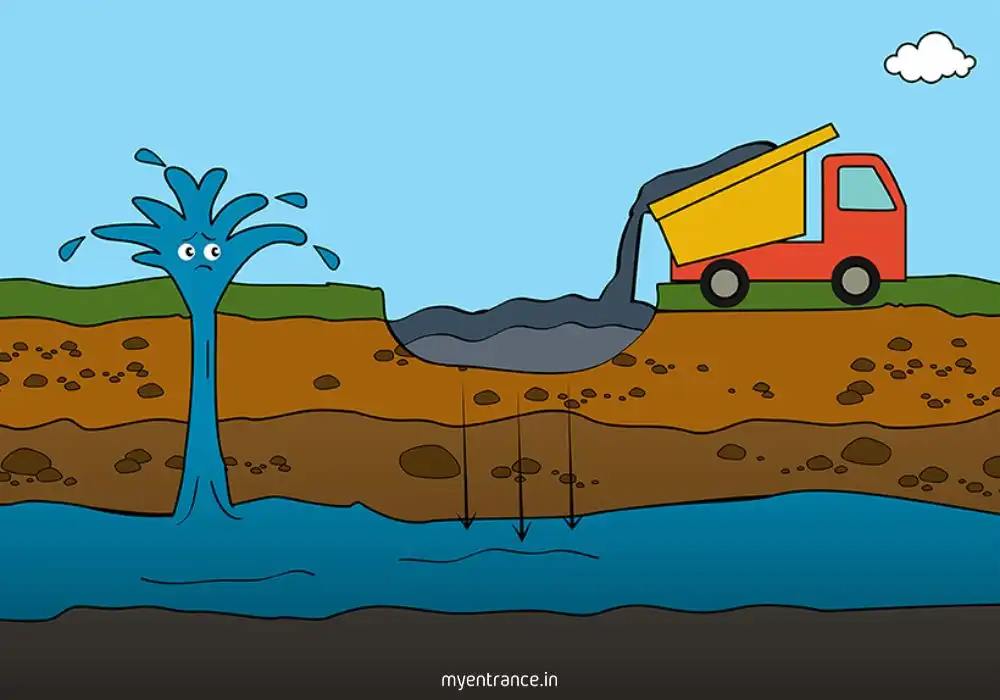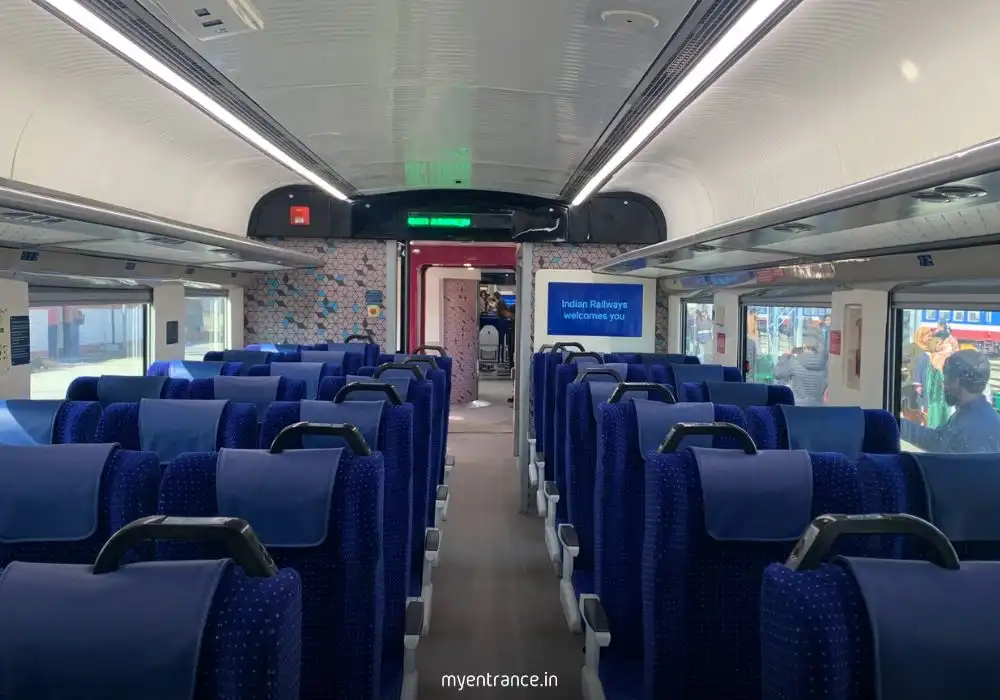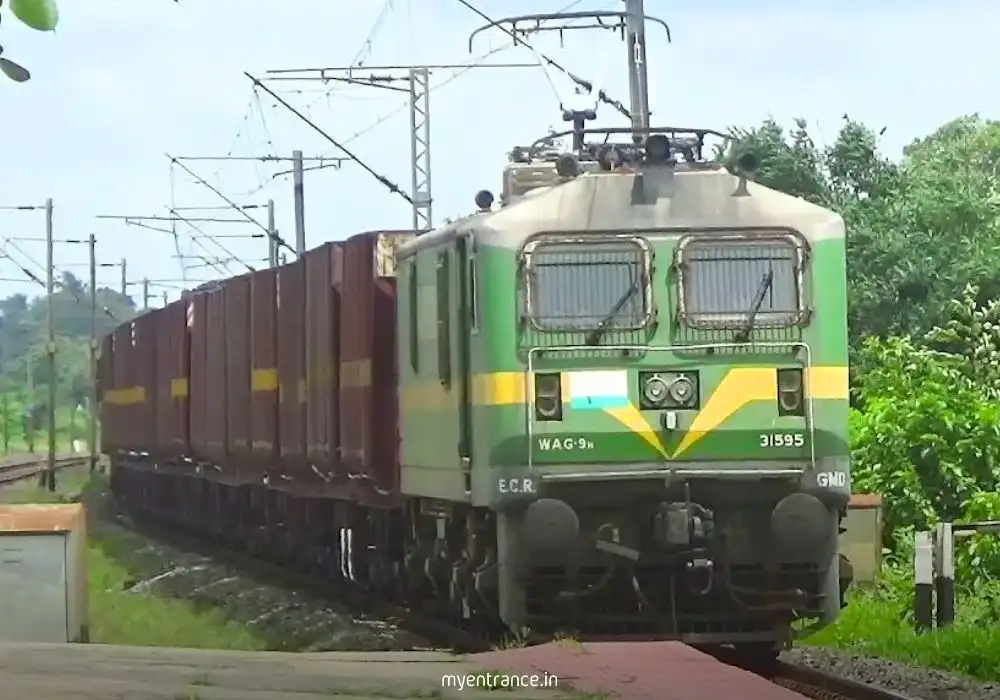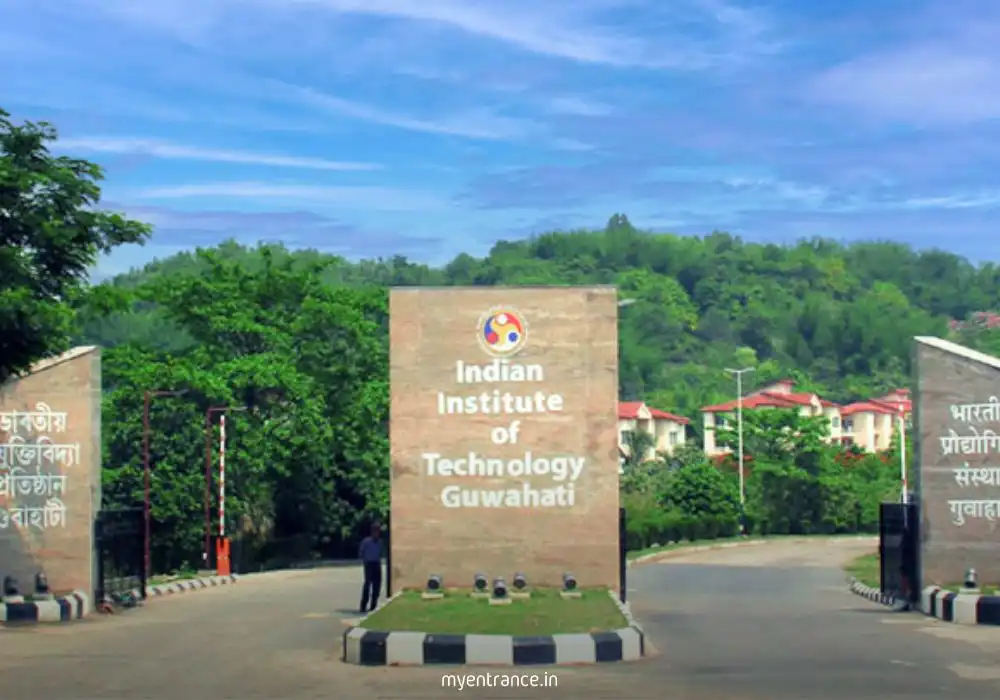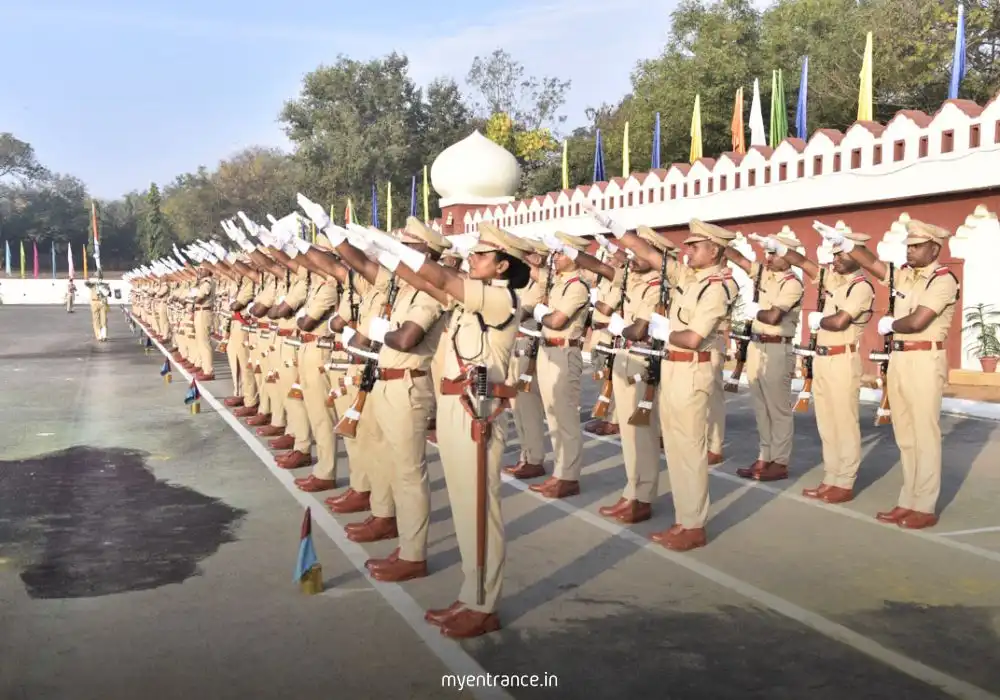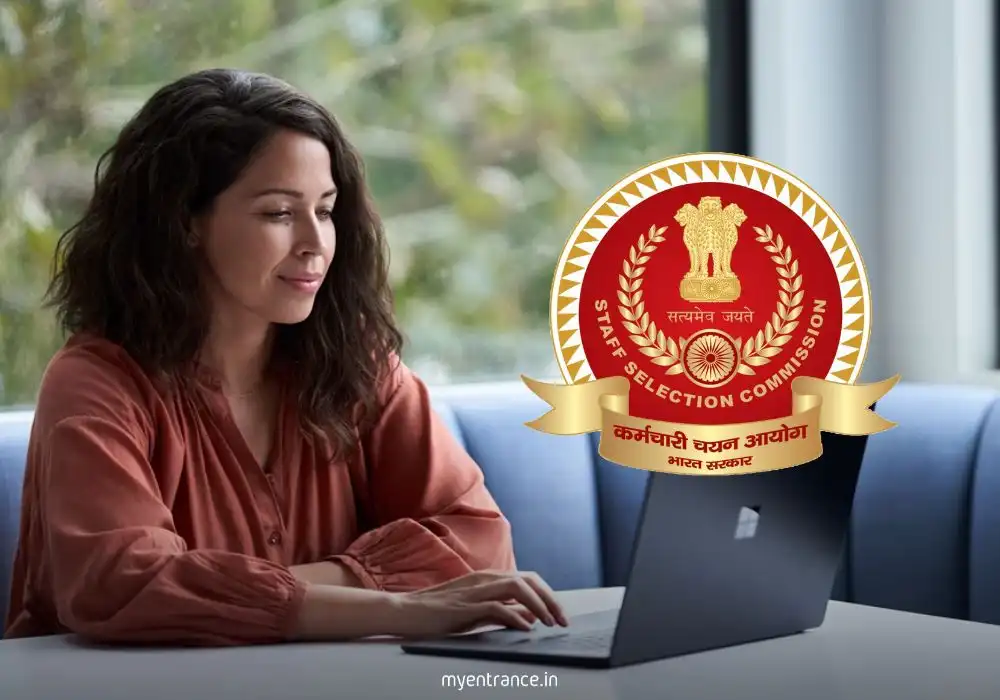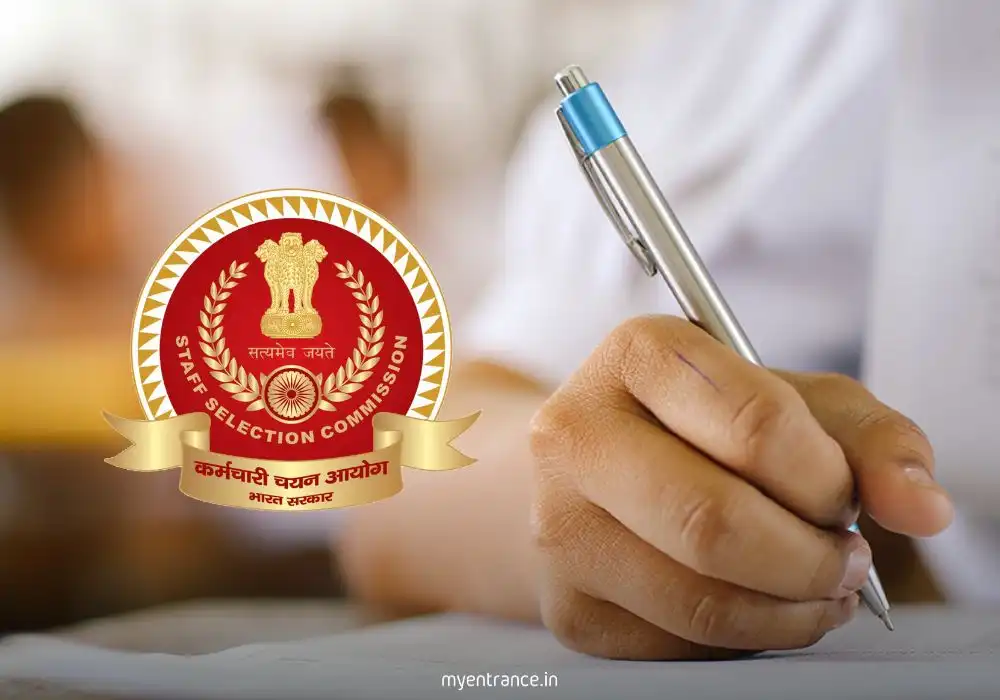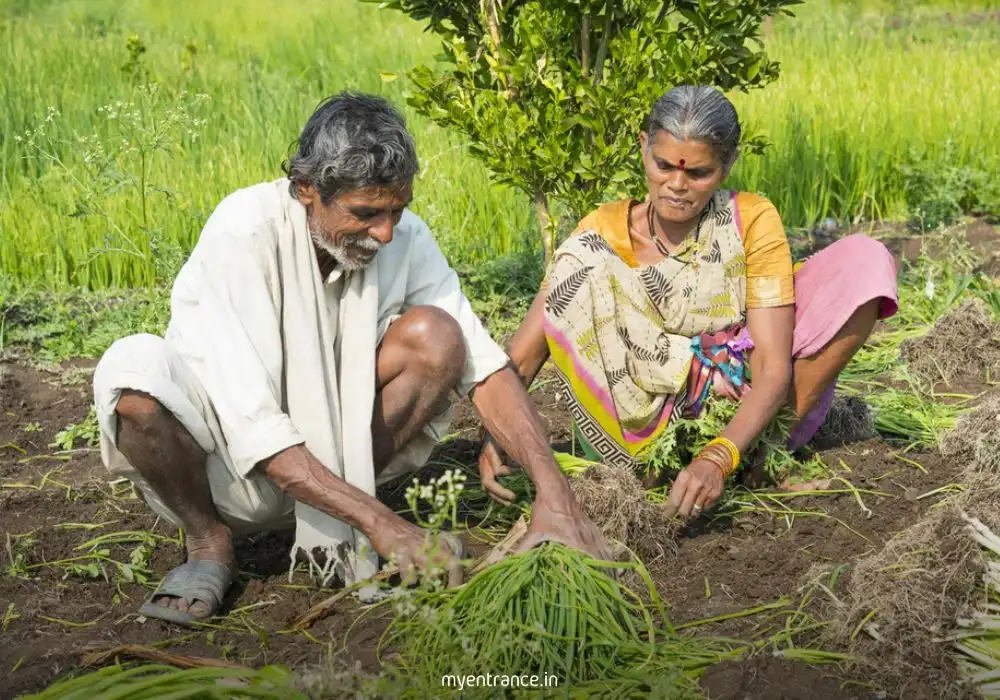Translate Language
Daily Current Affairs Quiz and Key Pointers: 08-08-2025
Today’s current affairs roundup covers crucial updates from science, governance, and social schemes. Key highlights include ISRO’s new launch pad, Punjab’s historic sign language initiative, and Assam’s Nijut Moina 2.0 scheme. These topics are vital for exams like UPSC, SSC, and state PSCs.

1. Exploring Outer Space: A Must-Know Guide for Competitive Exams
Space exploration is a hot topic in competitive exams. From ISRO’s missions to NASA’s Hubble Telescope, understanding key terms like “geostationary orbit” and “dark matter” is essential.
Key Points:
ISRO’s upcoming 3rd launch pad will boost India’s space capabilities by 2029.
China’s Lanyue lunar lander test is a step toward its 2030 manned moon mission.
Hubble Telescope discoveries, like the age of the universe, are frequently asked in exams.
Q&A:
Q: What is the significance of ISRO’s 3rd launch pad?
A: It will enhance India’s satellite launch capacity, supporting heavier payloads.
Q: Which telescope confirmed the universe’s expansion rate?
A: The Hubble Space Telescope.
Q: What is China’s target year for a manned moon mission?
A: 2030.
Read More
2. Indian Government Structure: Ministries & Functions Simplified
Knowing the roles of Indian ministries (e.g., Defence, Finance) is crucial for UPSC and state PSCs.
Key Points:
The Cabinet Secretariat coordinates between ministries.
The Finance Ministry handles budgeting and economic policies.
The Defence Ministry oversees armed forces and national security.
Q&A:
Q: Which ministry formulates India’s economic policies?
A: The Ministry of Finance.
Q: What is the role of the Cabinet Secretariat?
A: It ensures inter-ministerial coordination.
Q: Which ministry manages AYUSH healthcare systems?
A: The Ministry of AYUSH.
Read More
3. Nuclear Energy: Key Facts for Competitive Exams
Nuclear power is a recurring theme in SSC and UPSC exams. Focus on reactors, policies, and safety.
Key Points:
India’s three-stage nuclear program aims for thorium utilization.
Kudankulam (Tamil Nadu) is the largest nuclear plant.
Nuclear energy contributes ~3% of India’s electricity.
Q&A:
Q: Which state houses the Kudankulam Nuclear Plant?
A: Tamil Nadu.
Q: What is the final stage of India’s nuclear program?
A: Thorium-based reactors.
Q: What percentage of India’s power comes from nuclear energy?
A: Approximately 3%.
Read More
4. Assam’s Nijut Moina 2.0: Combating Child Marriage
This scheme targets girls’ education and child marriage eradication.
Key Points:
Provides financial aid to girls from Class 11 to graduation.
Aims to reduce dropout rates and early marriages.
Part of Assam’s 2025 education policy.
Q&A:
Q: What is Nijut Moina 2.0’s primary goal?
A: To empower girls through education and end child marriage.
Q: Till which level does the scheme offer financial support?
A: From Class 11 to graduation.
Q: Which state launched this initiative?
A: Assam.
Read More
5. Punjab’s Historic Move: First State to Appoint Sign Language Experts in Juvenile Justice
Punjab has taken a groundbreaking step by becoming the first Indian state to appoint sign language experts in juvenile justice boards. This initiative ensures better communication and fair hearings for hearing-impaired children in legal proceedings.
Key Points:
Aims to protect the rights of hearing-impaired juveniles in legal cases.
Sign language experts will assist in court proceedings to ensure accurate communication.
Reflects India’s commitment to inclusivity under the Juvenile Justice Act.
Q&A:
Q: Why is Punjab’s decision to appoint sign language experts significant?
A: It ensures fair trials for hearing-impaired children, making justice more accessible.
Q: Under which law is this initiative being implemented?
A: The Juvenile Justice (Care and Protection of Children) Act, 2015.
Q: Is Punjab the first state in India to introduce this measure?
A: Yes, it is the first state to mandate sign language experts in juvenile justice.
Read More
6. India Post Scraps Registered Posts: Impact on Competitive Exams
From September 1, India Post has discontinued Registered Posts, a decision that affects mailing services and may appear in government exams.
Key Points:
Speed Post and Ordinary Mail will replace Registered Posts.
Exam aspirants should note this change for questions on postal services.
The move aims to streamline India Post’s operations.
Q&A:
Q: What has replaced Registered Posts in India Post?
A: Speed Post and Ordinary Mail services.
Q: From when is this change effective?
A: September 1, 2025.
Q: Why should SSC and UPSC aspirants be aware of this update?
A: Questions on postal reforms are common in general awareness sections.
Read More
7. ISRO’s 3rd Launch Pad by 2029: Boosting India’s Space Missions
ISRO is developing a third launch pad at Sriharikota to support heavier rockets and increased launch frequency.
Key Points:
Will enable launches of heavier payloads (up to 10,000 kg).
Supports India’s Gaganyaan and future interplanetary missions.
Expected to be operational by 2029.
Q&A:
Q: Where will ISRO’s 3rd launch pad be located?
A: Satish Dhawan Space Centre, Sriharikota.
Q: How will this launch pad benefit India’s space program?
A: It will allow heavier satellite launches and support manned missions.
Q: By which year is the launch pad expected to be ready?
A: 2029.
Read More
8. Uttar Pradesh’s Proposed State Satellite for Disaster Management
Uttar Pradesh CM Yogi Adityanath has proposed a state-specific satellite to monitor climate disasters like floods and droughts.
Key Points:
Will provide real-time data on weather and agricultural conditions.
First-of-its-kind initiative by an Indian state.
Aims to enhance disaster preparedness and farming efficiency.
Q&A:
Q: What is the primary purpose of UP’s proposed satellite?
A: To monitor climate disasters and improve agricultural planning.
Q: Which Indian state is pioneering this initiative?
A: Uttar Pradesh.
Q: How will farmers benefit from this satellite?
A: Through accurate weather forecasts and soil health data.
Read More
9. PM-KISAN Sampada Yojana: Rs 1,920 Crore Boost for Food Processing
The government has allocated ₹1,920 crore to strengthen India’s food processing sector under PM-KISAN Sampada Yojana.
Key Points:
Focuses on reducing food wastage and increasing farmers’ income.
Supports cold storage, packaging, and agro-processing units.
Aims to generate employment in rural areas.
Q&A:
Q: What is the budget allocated for PM-KISAN Sampada Yojana?
A: ₹1,920 crore.
Q: How does this scheme benefit farmers?
A: By improving storage facilities and reducing post-harvest losses.
Q: Which sector does this scheme primarily target?
A: Food processing and agro-industries.
Read More
10. SSC JE 2025 Vacancies: 1,731 Openings in Top Govt Departments
The Staff Selection Commission (SSC) has announced 1,731 vacancies for Junior Engineers (JE) in 2025 across key departments like CPWD and MES.
Key Points:
Posts include Civil, Mechanical, and Electrical Engineering roles.
Online applications are expected to start in October 2025.
Selection involves a two-tier exam (Paper I and II).
Q&A:
Q: How many vacancies are announced for SSC JE 2025?
A: 1,731.
Q: Which engineering disciplines are included?
A: Civil, Mechanical, and Electrical.
Q: What is the exam pattern for SSC JE?
A: Two papers (Objective + Descriptive).
Read More
11. Pahal Scheme 2025: Key Features and Benefits for Aspirants
The Pahal Scheme is a transformative government initiative aimed at providing financial assistance and skill development opportunities to underprivileged youth.
Key Highlights:
Offers scholarships for vocational training and higher education
Focuses on empowering marginalized communities
Provides mentorship and career guidance support
Why It Matters for Exams:
This scheme frequently appears in questions related to government welfare programs and social justice initiatives in UPSC, SSC and state PSC exams.
Q&A:
Q: What is the primary objective of the Pahal Scheme?
A: To provide financial aid and skill development for underprivileged youth.
Q: Which groups benefit most from this scheme?
A: Marginalized communities and economically weaker sections.
Q: How does the scheme help in career development?
A: Through vocational training, scholarships and mentorship programs.
Read More
12. China’s Lanyue Lunar Lander: Progress Towards 2030 Moon Mission
China has successfully tested its Lanyue lunar lander prototype, marking significant progress in its ambitious moon mission plans.
Key Developments:
Successful unmanned test of landing technology
Part of China’s roadmap for manned moon mission by 2030
Incorporates advanced autonomous navigation systems
Exam Relevance:
Space technology and international space missions are hot topics for UPSC, SSC and other competitive exams.
Q&A:
Q: What is the target year for China’s manned moon mission?
A: 2030
Q: What was recently tested in the Lanyue program?
A: The lunar lander prototype
Q: Why is this development significant?
A: It demonstrates China’s progress in lunar landing technology
Read More
13. SSC JE Syllabus 2025: Subject-wise Breakdown
Understanding the detailed syllabus is crucial for effective preparation of SSC Junior Engineer examination.
Core Subjects Covered:
Civil Engineering:
Building materials, surveying, soil mechanics
Concrete technology, hydraulics
Electrical Engineering:
Basic concepts, circuit theory
Power systems, electrical machines
Mechanical Engineering:
Thermodynamics, fluid mechanics
Machine design, manufacturing processes
Preparation Strategy:
Focus on conceptual understanding
Practice previous years’ papers
Time management during exam
Q&A:
Q: What are the main subjects in SSC JE Civil Engineering?
A: Building materials, surveying, concrete technology
Q: Why is solving previous papers important?
A: Helps understand exam pattern and difficulty level
Q: How should candidates approach the syllabus?
A: Subject-wise preparation with emphasis on fundamentals
Read More
14. Hubble Space Telescope: Key Discoveries and Exam Relevance
The Hubble Space Telescope has revolutionized our understanding of the universe since its launch in 1990.
Major Contributions:
Determined the age of the universe (13.8 billion years)
Provided evidence for dark energy
Captured stunning images of distant galaxies
Why It’s Important for Exams:
Questions on Hubble’s findings frequently appear in science and technology sections of various competitive exams.
Q&A:
Q: What is Hubble’s most significant contribution?
A: Determining the age of the universe
Q: What mysterious cosmic element did Hubble help study?
A: Dark energy
Q: When was Hubble launched?
A: 1990
Read More
15. Government of India: Structure and Functions Explained
Understanding India’s governance framework is essential for all civil service aspirants.
Key Components:
Legislature:
Parliament (Lok Sabha and Rajya Sabha)
State legislatures
Executive:
President, Prime Minister and Council of Ministers
Bureaucracy
Judiciary:
Supreme Court, High Courts
Subordinate courts
Exam Focus Areas:
Separation of powers
Federal structure
Constitutional provisions
Q&A:
Q: What are the three branches of Indian government?
A: Legislature, Executive and Judiciary
Q: Who heads the Union Executive?
A: The President
Q: What is India’s system of government called?
A: Federal parliamentary democratic republic
Read More
Get 3 Months Free Access for SSC, PSC, NIFT & NID
Boost your exam prep!
Use offer code WELCOME28 to get 3 months free subscription. Start preparing today!
